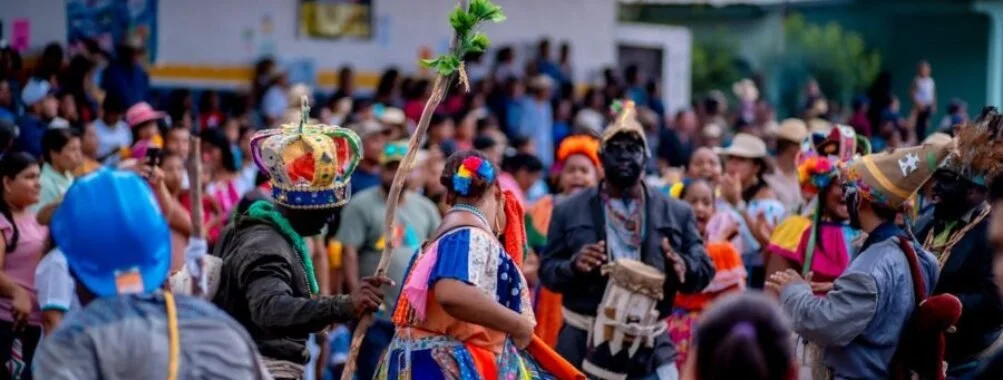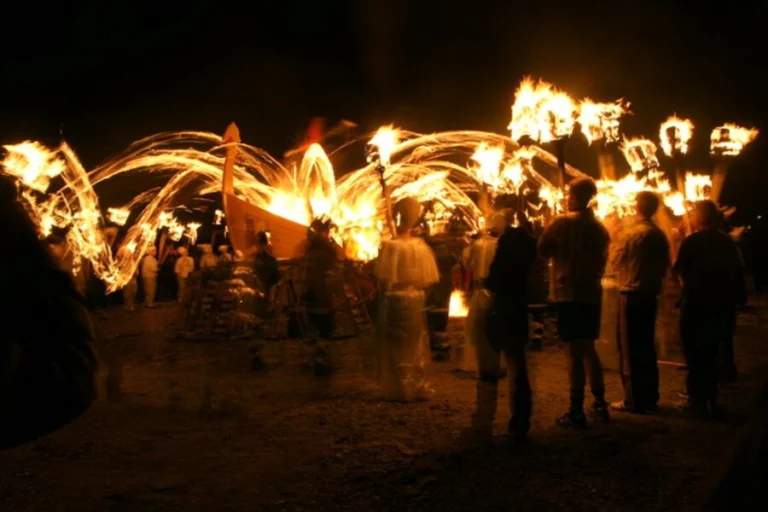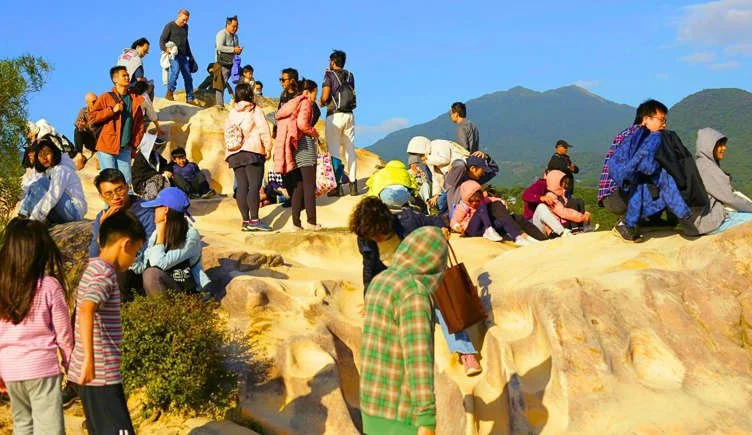Underrated Cultural Festivals Worth Visiting in 2025
Cultural festivals offer an incredible opportunity to immerse yourself in local traditions, art, and history. While many festivals like Carnival in Brazil or Oktoberfest in Germany dominate the global stage, there are countless lesser-known gems around the world. These festivals, though under the radar for most, provide equally memorable experiences—without the massive crowds. If you’re planning a trip in 2025, consider adding these underrated cultural festivals to your list.
1. Up Helly Aa - Shetland Islands, Scotland
Up Helly Aa is a Viking fire festival celebrated every January in Lerwick, the capital of the Shetland Islands. This incredible event honors the islands’ Viking heritage with a procession of hundreds of people dressed as Norse warriors. The highlight of the festival is the ceremonial burning of a Viking longship, which is both a visual spectacle and a deeply rooted tradition.
Unlike more famous festivals, Up Helly Aa is not heavily commercialized. It remains a community-centered celebration, where participants spend months crafting their costumes and preparing for the grand event. The atmosphere is electric as music, fire, and ancient customs come together. If you’re seeking an authentic cultural experience with a unique historical twist, Up Helly Aa is an absolute must-see.
2. La Patum de Berga - Berga, Spain
La Patum de Berga is a quirky and colorful festival held every year during the Feast of Corpus Christi in the small town of Berga, Catalonia. The event has been celebrated since the 19th century and was even named a UNESCO Intangible Cultural Heritage of Humanity. La Patum blends both religious and secular traditions, featuring parades of giant puppets, firework displays, and loud, celebratory music.
At the heart of the festival are the Gigantes—massive, decorated effigies representing mythical creatures and figures. These figures are paraded through the streets as fireworks explode and locals cheer. The experience feels like stepping into an ancient dream, with every corner of the town filled with joy and merriment. For anyone looking for a lesser-known festival brimming with passion and local culture, La Patum de Berga is one to explore.
3. Gion Matsuri - Kyoto, Japan
Though Kyoto is famous for its historic sites, Gion Matsuri remains one of Japan’s most significant yet often overlooked festivals. Held every July, it dates back to the 9th century when it was created to ward off a plague. Gion Matsuri is centered around a grand procession of kamaboko—massive, intricately decorated floats pulled through the streets by teams of people in traditional clothing.
The festival is more than just a visual spectacle; it’s a deep cultural experience. The intricate craftsmanship of the floats, the ancient rituals, and the communal spirit make Gion Matsuri a must-see for anyone wanting to connect with Japan’s rich history. Even though Kyoto draws many tourists, the festival offers an opportunity to see the city in a much more personal and cultural light.
4. Día de los Muertos - Mixquic, Mexico
Día de los Muertos (Day of the Dead) is widely celebrated across Mexico, but the small town of Mixquic, located just outside Mexico City, offers a unique and more intimate experience. Here, families gather in the town’s cemetery to honor their deceased loved ones with altars, food offerings, and candlelight. The air is filled with the fragrance of marigolds, incense, and traditional food as the living celebrate the spirits of the departed.
While places like Oaxaca or Mexico City are popular for this holiday, Mixquic retains a local charm and a more solemn atmosphere. The community’s connection to its ancestors is palpable, making this one of the most moving and reflective festivals in the world. If you seek a more authentic and peaceful Day of the Dead experience, Mixquic’s celebration is the perfect destination.
5. Harbin International Ice and Snow Sculpture Festival - Harbin, China
The Harbin International Ice and Snow Sculpture Festival, held every January in Harbin, China, is one of the world’s most visually stunning winter festivals. Each year, massive ice sculptures are created from blocks of ice harvested from the nearby Songhua River. These sculptures are then illuminated at night, transforming the city into a magical winter wonderland.
The festival includes not just static sculptures but also ice palaces, ice slides, and even ice swimming competitions. Though Harbin is increasingly becoming a popular destination, the scale and intricacy of the festival’s creations make it feel like stepping into a different world. For anyone looking for a breathtaking winter experience, this festival provides an unparalleled opportunity to witness art, nature, and innovation merge in icy harmony.
6. Boryeong Mud Festival - Boryeong, South Korea
For a fun and slightly quirky experience, head to the Boryeong Mud Festival held annually in the coastal town of Boryeong. The event, which takes place in the summer, celebrates the local mud, believed to have therapeutic properties. People flock from all over the world to slather themselves in mud, enjoy mudslides, and participate in various muddy competitions.
While this festival doesn’t carry the same cultural weight as some others on this list, its carefree, festive atmosphere is incredibly infectious. It’s a great way to let loose, embrace some silliness, and enjoy the local coastal beauty. The festival is a perfect mix of fun, relaxation, and cultural celebration, with a distinctly playful tone. If you’re looking for an offbeat festival to indulge in, Boryeong’s Mud Festival is a refreshing choice.
7. Tunarama Festival - Port Lincoln, Australia
The Tunarama Festival in Port Lincoln, South Australia, is a quirky and distinctly Australian event. Celebrating the region’s tuna industry, this festival takes place every January and includes unusual events like tuna tossing (yes, throwing large fish through the air), boat races, and a parade of fish-themed floats.
While the festival celebrates the area’s maritime heritage, it also highlights the community’s commitment to sustainable fishing practices. Despite being relatively small and regional, Tunarama is a unique celebration of local culture, nature, and sustainability. If you find yourself in Australia in the summer, this event offers a lighthearted and memorable cultural experience.
8. Naadam Festival - Ulaanbaatar, Mongolia
Naadam, Mongolia’s largest cultural festival, is an exciting and vibrant celebration of the country’s heritage. Held every July, Naadam features the traditional “Three Manly Games” of wrestling, horse racing, and archery. These ancient competitions are deeply embedded in Mongolian history and provide a rare glimpse into the country’s nomadic traditions.
The festival takes place in Ulaanbaatar, where thousands of people gather to witness the athletic feats and participate in the festivities. Alongside the competitions, there are performances of traditional Mongolian music, dance, and costume. Naadam is one of those rare festivals that offer a profound connection to a culture that has remained largely unchanged for centuries. If you’re looking to explore an ancient tradition, Naadam is a festival you won’t want to miss.
Conclusion
While the world’s most famous festivals often come with large crowds and commercialization, these underrated cultural celebrations provide a more intimate and authentic experience. Whether you're watching Viking longships burn in Scotland or slathering yourself in mud in South Korea, these festivals offer unforgettable ways to connect with local traditions and heritage. For your travels in 2025, consider stepping off the beaten path to experience the raw and unfiltered beauty of these lesser-known cultural treasures.



